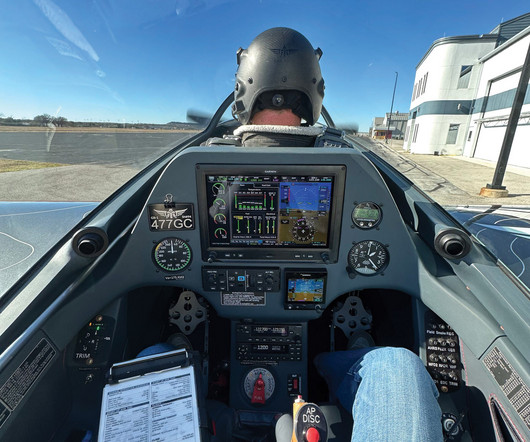Game On!
Plane and Pilot
MARCH 25, 2025
A steam gauge airspeed indicator, Garmin G3X, autopilot, Garmin G5, transponder, fuel selector, accelerometer, and steam gauge altimeter were centered directly in front of me. The airplane is incredibly sensitive, thanks to sweeping, full-span ailerons and an unnaturally tall stick that exaggerates any and all inputs.











Let's personalize your content